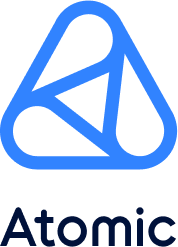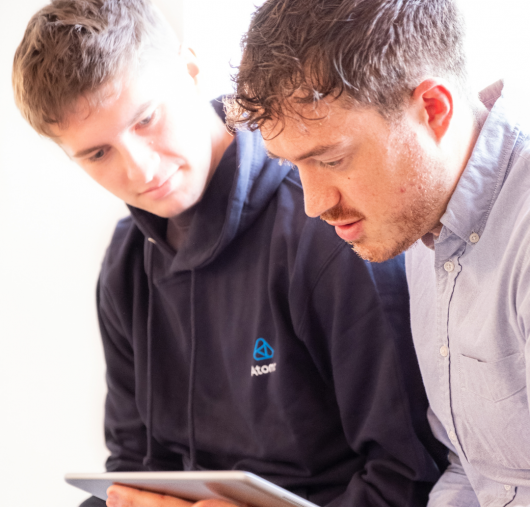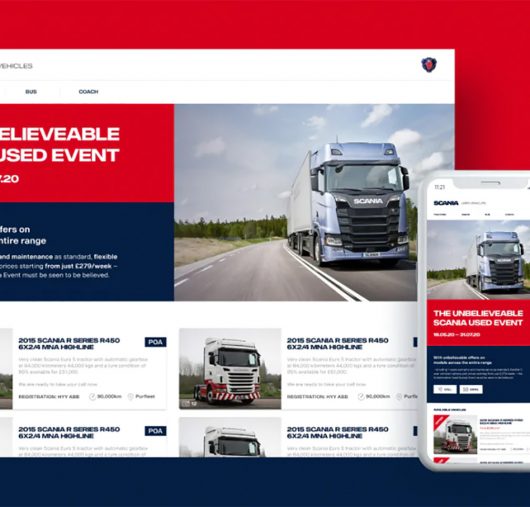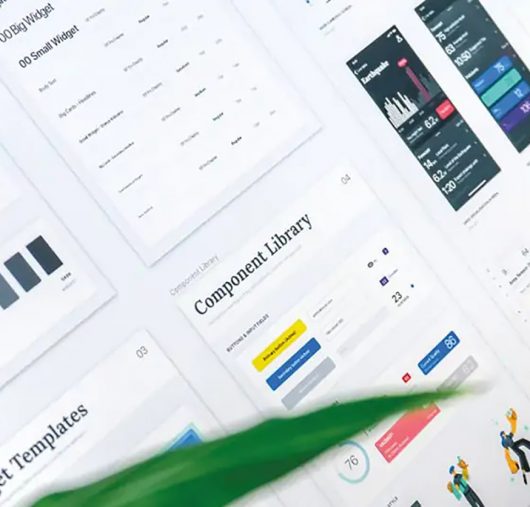Insights
User interviews: How to do them right

Whatever product you’re selling, for it to be a success you need to conduct extensive market research. You need to fully understand your current and prospective customer base in order to not only market to them effectively, but ensure that your product or service has all the features they need. And this is never more true than when working with digital products.
Whether you’re developing an app or a website, understanding your target market is absolutely essential, particularly when it comes to the development of the UI and UX, as well as marketing the product to the right people in order to maximise your potential audience.
Analytics will get you so far, as this will give you an insight into user behaviour and which elements of your application are working and which are causing your users to leave. But in order to really get to grips with the why behind user behaviour, it’s always best to speak to them face to face through a user interview.
Asking the right questions
Once you’ve correctly identified your target market (I’ll cover this step in another blog) you need to make sure you’re asking them the right questions in order to fully understand what their needs and wishes are and how these relate to your product.
Avoid leading questions
If the waiter asks you whether you like your steak rare or well done, you’re left with two choices. Which is a shame, as I like mine medium-rare, but the question leaves no scope for variation or personal preference. When you’re asking questions of your users, don’t ask them ‘did you prefer the blue icon or the red one?’ because then you’re only ever going to get a choice between blue or red. Instead ask them how they found the appearance of the page and whether or not they could find the information they were looking for.
Similarly, don’t load your questions with the information you want to hear. If there’s an important link on the page, don’t point at it and ask ‘would you click here?’ because they’ll probably say yes. Instead, ask them where they would go to next or how they would proceed.
Stay objective
It’s important that you don’t at any point reveal your own feelings about the product in case that sways the interviewee’s responses. If there’s an image on the page that you’re particularly proud of because you took it yourself and you were really pleased with the lighting and how the subject seems natural and unposed, keep that information to yourself. If they know it’s personal to you, they’re more likely to tell you they loved it, even if they don’t. Instead, stay objective and give them free rein to dislike something on the page. If that happens to be your carefully crafted image, you’ll just have to deal with it quietly.
Likewise, don’t argue with your interviewee. If they don’t like something, they don’t like it. Don’t then sit there and justify your decisions in order to explain why they should like it. If they’re not using the app properly, that’s your fault, not theirs.
Stay on script
It’s important at the outset to have a clearly defined list of objectives for the session. And while you want your interviewee to speak freely about the product, you need to be careful to wheel them back around to your objectives in order to get the most out of the interview. If they start to wax lyrical about something they found on a different page, make a note of what they say, but once they’ve finished, bring the conversation back to the thing you need to discuss.
Avoid technical jargon
If they don’t understand the question, they can’t give you an honest answer. So they’ll either agree with what you’re saying or, in the worst case scenario, start to feel like they are the wrong person to be talking about this product and simply clam up. Always be thinking about the experience you want the user to have from the product and stick to that.
Probing questions
People don’t always say what they mean or mean what they say. It’s our job as an interviewer to make sure we fully understand what the user is telling us, so that we can get it right. To achieve this, you need to ask probing follow-up questions. If, for example, a user tells you they don’t like an element of the product, ask them what they didn’t like about it and keep digging until you get to the cause. Often the thing they tell you is actually quite different to the actual problem they are experiencing. An example of this would be:
- User: I didn’t like this icon
- Interviewer: Is there anything in particular you didn’t like about this icon?
- User: When I clicked on it, it took ages to load the next page.
In this (super realistic) example, you can see that although the user reported a problem with the icon, the issue was actually with the loading time for the next page.
Examples of follow-up questions include:
- “What did you mean by xxx?”
- “What was the reason for xxx?”
- “How did you feel about xxx?”
Again, always make sure that your follow-up questions are open and not loaded. If a user doesn’t like something, don’t ask them ‘Would it be better if it was red?’ because that restricts the narrative. Instead ask them ‘What would improve it for you?’
Getting to know your user group is an essential step for any development project and it’s vital in understanding what improvements need to be made to your work in progress. By applying the above guidance, you should be well on your way to delivering a product that not only works, but works specifically for your target user group.
Of course, if you want to do all of this but lack the resources or even the confidence to get it right, Atomic would be all too happy to help. It’s also helpful to consider using a third party to facilitate such meetings as it helps to keep things impartial and ensures you get an objective view from your target user group. We have plenty of experience in producing and testing digital products for very specific user groups and would be glad to share our experience and expertise with you, just give us a call and speak to a member of our team.
